How can I supply −5 V to an op-amp?
You don't - you don't have to do that.
Instead, run the amplifiers referenced to a small positive voltage - about 0.8V is plenty enough, since that's just the maximum forward voltage expected across the diode at the maximum currents expected in this circuit.
Also, U6 in the circuit you show is redundant. It doesn't change the voltage seen at the input of U2.
A fixed-up version of your circuit would look as below. The op-amps are supplied from 0V and 5V rails. They need to be rail-to-rail input/output types, such as MCP6021, or TLV6001, etc.
simulate this circuit – Schematic created using CircuitLab
Incidentally, even though the small signal 1N4148 diodes are usually better in small signal circuits than the general purpose 1N4001, for a squaring circuit it's better to use the latter. That's because the 1N4001's non-ideality factor is closer to 1 than the 1N4148's.
The response of the circuit, that is V(Z)-VGND vs V(x) is plotted below.
